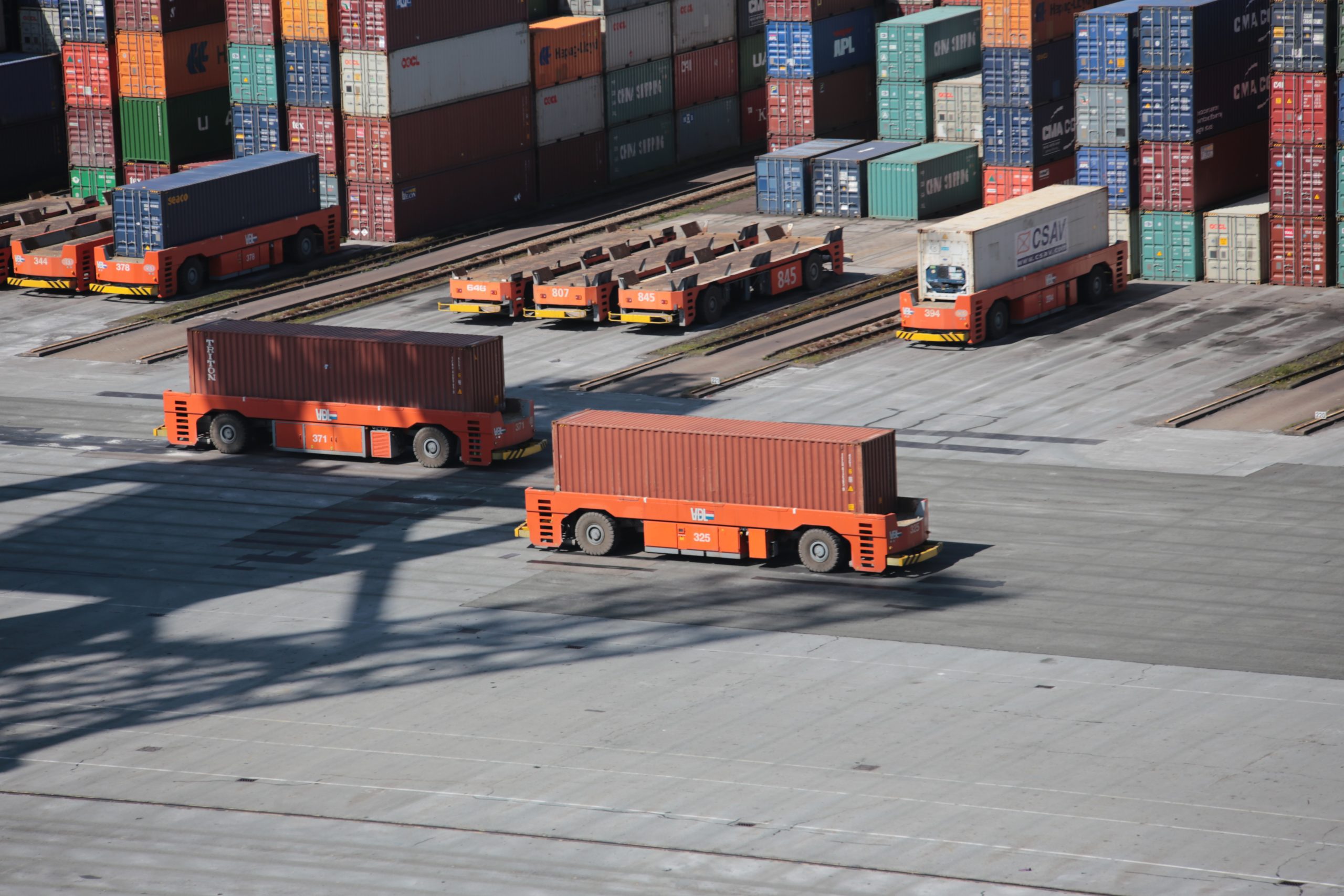Weekly Market Update - February 9, 2021
Feb 09, 2021
Scroll to find out more
Feb 09, 2021
Scroll to find out more

Rates: Rates continued to be stable over the past week, and documented by rate indexes Xeneta and SCFI.
Capacity: A new direct service is being launched by CMA connecting Asia to Oakland and Seattle, which is replacing the Sea Priority Express service that used to connect Ningbo and Yantian to Los Angeles. This is a direct response to the congestion problems witnessed in Los Angeles. The number of blank sailings expected to happen this year is much smaller than previous years according to eeSea’s tracker.
Equipment: Similar to last week, the equipment situation continues to be severe. The demand for import goods in the US is still high and according to predictions, will continue as long as the US government provides stimulus payments.
Ports: Congestion at the Port of Los Angeles has worsened with a reported thirty-four vessels anchored and waiting for berth as of the 04th Feb with a current delay of about 14 days. This situation has now spread to other West Coast ports like Oakland that have seen a queue of twelve vessels waiting to berth.
Rates: Rates are stable, as reported by most indexes.
Capacity: Similar to other trades, the blank sailings around Chinese New Year will have a much smaller impact on capacity this year.
Equipment: Continues to be a problem with those paying for premiums in order to have access to equipment. Where equipment was available in China, the lack of truckers available due to the Chinese New Year holiday has had an adverse effect on it.
US Market: Rates have stayed the same as last week. The problem leading up to the CNY period is space, which is almost fully booked until after the CNY period. Most factories are on holiday now and some may only resume work a week or two weeks later. We expect to see rates start to decrease after a busy couple of weeks post CNY.
EU Market: (FRA/AMS/LUX, etc): Still the same as the US market with rates to EU destinations stayed at the same levels as last week. Again, space before CNY is almost fully booked.
UK Market: Rates also have remained the same as last week, with some slight increase from some origins.
Local trucking service: Domestic trucking services are recently tough to find, as drivers are reluctant to take on jobs that will keep them away for long periods.
Delays – Bad weather across Europe is slowing down trailers, especially in northern Europe where we are seeing heavy snowfall.
Trailer Availability – Groupage has extended lead times across Europe at the moment. Most groupage providers still have a backlog of loads to clear through and customs clearance with these providers is taking longer than expected. Those who want a groupage service should expect the shipment to take a minimum of a week and potentially 2 weeks to be completed. If stock is urgent we would advise a dedicated vehicle.
Customs Procedures – Customs procedures are still holding up availability of equipment. Once it is booked, it would be prudent for businesses to anticipate 1-2 days for the customs clearance process to take place.
Rates – Rates for Europe are stable for any cross trades at the minute. We have seen an increase in just freight rates for anything that crosses the UK border.
The information that is available in the Weekly Market Update comes from a variety of online sources. Click below to learn more about how Zencargo can help make your supply chain your competitive advantage.

In focus: Eyes on trade post U.S. election With Donald Trump returning to the W...

In focus: U.S. election and supply chains As the U.S. presidential election app...

In Focus: Carrier alliance reshuffling in 2025 The upcoming reshuffling of alli...